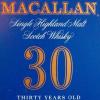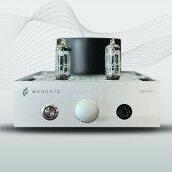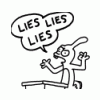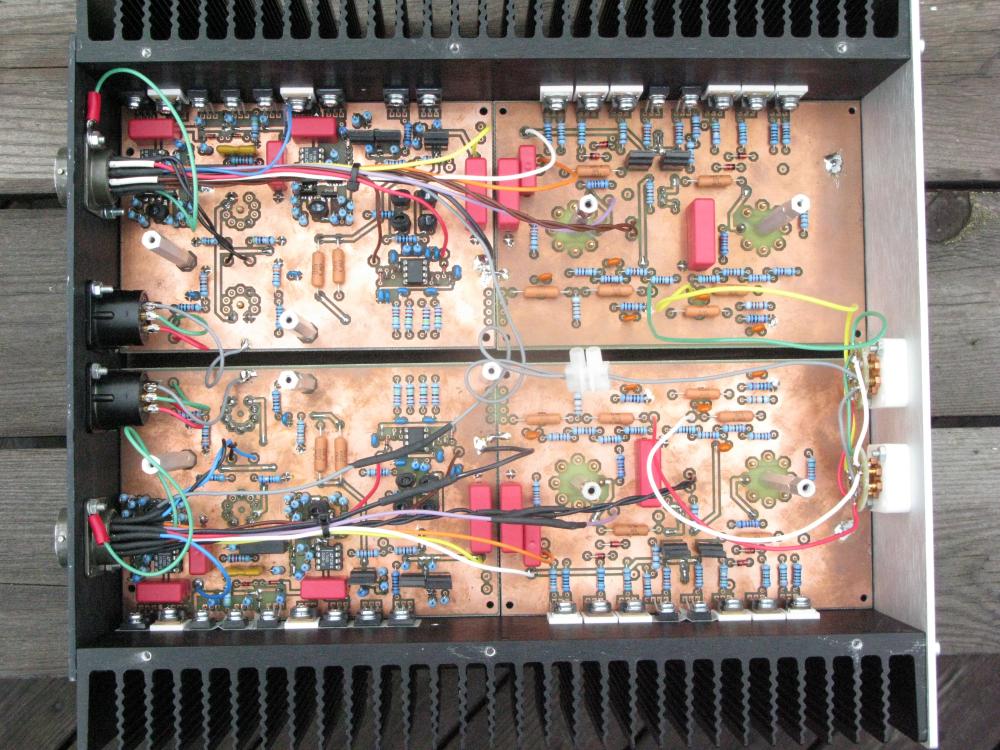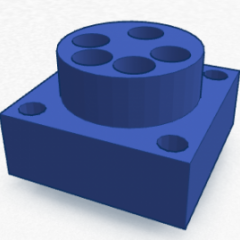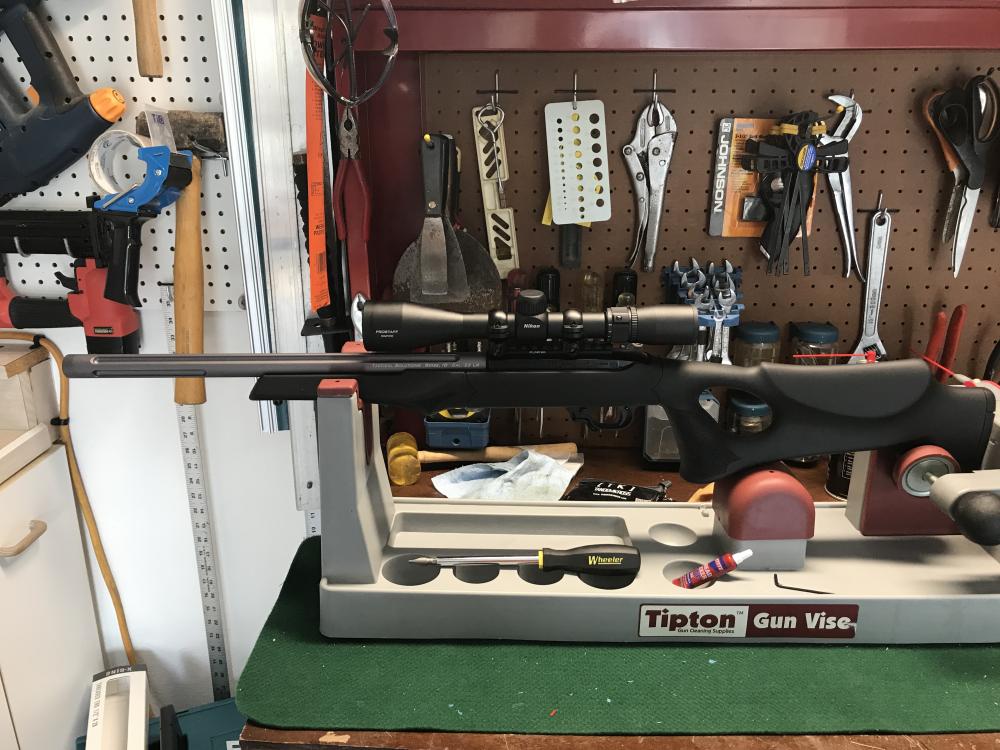Leaderboard
Popular Content
Showing content with the highest reputation on 04/06/2018 in all areas
-
Smoked Panko and herb crusted Rack of Lamb. Sent from my iPhone using Tapatalk7 points
-
5 points
-
Horses for courses. As John Broskie of TubeCAD points out, series regulators are well suited for class AB power amplifiers, where the current demand on the power supply can vary from tens of mA to several amps, whereas shunt regulators are best suited for class A amplifiers where the variation in current demand is relatively limited. Arguments about which “sounds better” approach religious discussions, although it is interesting that more designers claim that shunt regulators sound “better” than the reverse – for example, Broskie, the late Allen Wright of Vacuum State Electronics, Richard Marsh, the late John Camille, designer of the Kyrie 211 SET amplifier, Lynn Olson, designer of the Amity, Raven and Karna, Kevin Carter of K&K Audio, and Frank Cooter. I think Kevin Gilmore is one of the few designers who has gone on record saying that series regulators are as good or better. Incidentally, Richard Marsh wrote an excellent basic article on power supplies for Audio Amateur magazine (1983, issue 3). Religious arguments aside, there are pluses and minuses to both approaches. In favor of series regulators, they can have excellent specifications in terms of noise, output impedance, input rejection, etc. For example, the low voltage regulators designed by Walt Jung have a lower output impedance than 0.2” (yes, one fifth of an inch) of 18 gauge wire. Of course, to achieve that performance you would have to incorporate the regulator circuit on the amplifier board, as any intermediate wiring would negatively affect the impedance. Series regulators are frequently more efficient than shunt regulators as they only require a few mA extra current draw for regulation. In favor of shunt regulators, they have a constant current draw from the raw power supply, can both source and sink current, and have a relatively simple path to ground. By using a constant current source in series between the raw power supply and the shunt, this limits the signal currents to the regulator and amplifier area, whereas the varying demands of a series regulator means that some simplified form of the signal current has to circulate between the raw power supply and the series regulator. The argument that a shunt regulator can both source and sink current is thought by some to be a major reason for its sonic superiority. However, this can be abrogated to a significant degree by placing a bleed resistor after a series regulator to bring it up to 50% of maximum load, as first suggested by Richard Marsh. This allows a series regulator to also source or sink current up to the level of its bleed current, but also decreases the efficiency advantage of a series regulator. For a phono preamp, which runs in class A, you definitely want low noise. The GRLV definitely qualifies for that. K&K Audio sells a shunt regulator kit which it claims is suitable for phono preamps, and says it is based on the Salas regulator, so I assume that it is low noise also, though without suitable measuring equipment it is impossible to know how they rank in terms of noise.3 points
-
3 points
-
I'm sad about this. I'm not sure if I'll be able to get a UDP-205 (or whether I should buy one) before they're gone. It's the last of the reasonable-priced SACD players with analog outputs. Sony quickly discontinued their $350 UHP-H1 player after the HDMI-only UBP-X800 4K player was released last year. Marantz hasn't updated their mainstream player (the audio-only SA2005) since 2014 and Pioneer's Elite BDP-88FD Blu-ray player is almost twice the price. Marantz's flagship SA-10 SACD player is about $7,000. Esoteric, Luxman, and Accuphase players are somewhere in that stratosphere. I wrote a CD player comparison from a listening session at a local audio store a long time ago when I was shopping for my CD player (I'd love to do an updated one with new hardware and older ears): https://www.head-fi.org/threads/5-players-enter-1-player-leaves-nad-m5-simaudio-supernova-accuphase-dp-75-audio-research-cd7-arcam-cd36.277933/ I have a small DVD collection and I've upgraded to Blu-ray in the last few years, playing them on my Super Slim Sony PlayStation 3 (its Blu-ray video and analog audio output are impressive, but its DVD upsampling quality is average at best) to my Panasonic plasma TV and Arcam stereo. The Oppo UDP-205 seems to be the magic bullet. To get analog output out of HDMI-only players, you can use the $40 boxes you find on Amazon or you can try one of these: http://www.essenceelectrostatic.com/product/hdacc-ii-4k/ But I find the idea of HDMI-analog conversion dodgy at best – my preference goes to manufacturers who are capable of putting together a top-level analog output stage in their digital source along with a quality transport and DAC. It leads to fewer boxes and cables and a reasonable budget that doesn't include power supplies that cost thousands of dollars (Naim, I'm looking at you). I was also disappointed to read that Oppo dropped HDCD support in the UDP players. Some of my favorite albums are on HDCD (the entire Roxy Music CD catalog) or SACD hybrid discs – I'm invested in nearly-defunct silver disc media, although I recently started ripping my discs to Apple Lossless files as a backup strategy. My Arcam FMJ CD36 broke down last month and I had a moment of panic (I've owned it since 2007). I wrote Arcam (now owned by Harman, which it turns out is now owned by Samsung!) and they told me that they were unable to repair this "long obsolete" mechanism. I really didn't want to get rid of my beloved player and I am against disposable products in general. After about a week of inquiries, I was able to find a local shop who repaired its loader mechanism and replaced its belt – crisis averted. Arcam has been heading towards a mass-market product range for over a decade and this was the final confirmation for me. They pointed me towards their new product, the upcoming $1,000 HDA CDS10 SACD player/network streamer: http://www.audioaffair.co.uk/arcam-cds50-sacd-cd-player-with-network-streaming. Their refusal to service my CD36 left a bad taste in my mouth. I invested in an all-Arcam system a few years after getting my CD player (Arcam C31 preamp + P1 power amps) and I think they were the last statement audiophile products from the company. Changes in the market have caught some of the major players out, but I still think there is room in the middle for people with modest budgets. My recent experiences with the Chord Mojo, the Beyerdyamic Amiron, the Focal Elear headphones, and even the Schiit Fulla 2 amp/DAC proved that it's still possible to get audiophile value for money. Additionally, I enjoyed listening to the Focal Utopias and I'll have to try them again. I still believe there is and will be a demand for high end CD and SACD players, though not a large one, and the recent cassette revival proves that obsolete audio formats can return from the junk shops. High-end cassette decks are going for quite a bit of money now, and it's possible that the same could happen to disc players (provided there is a viable parts supply, particularly their transports and loading mechanisms, as I found out firsthand). The refurbished Sony UHP-H1 is selling for cheap on eBay, so I took a chance and ordered one today... I'll let you guys know if it is any good after it shows up.2 points
-
2 points
-
Yep, I remember you used a trimmer – that’s why I came to use trimmer on my modified T2. I think working voltage 50 V will do. Try the servo - it's easily done. Thanks Kerry, LTspice is really a very useful tool. I’ve deliberate skipped the D2 zener (Kevin uses the Zener) to see what happens and so far no failures. The R29 resistor is probably a good idea but I’ve skipped that too as the servo seems to work all right without it. As for C1 I use 1uF/50V in my Carbon and GG with tube input (same as Kevin later designs). But on the T2 I had some problem with 1uF so after some testing I ended up with 6.8uF (have just opened the amp to check). Regarding the 2.2pF – I actually added more capacitance to reduce some oscillation at outputs seen on the oscilloscope. I probably better go back and have look at it again. DIY is fun2 points
-
1 point
-
https://daydreamingwinter.bandcamp.com/album/ethereality Shoegaze (Lush-ish) -- unless you're still interested in the genre, stay away. They even have those slow guitar chord bends.1 point
-
Is the opto CTR important at all? I have some CNY17 in a few grades on hand. I use these to bias some output devices in power amp design. Ok, you have convinced me. I will get it queued up in the project list [emoji4]1 point
-
the cfa input is a diamond buffer and is biased thru the base currents of the input pair.1 point
-
Below is a picture of my modified DIY T2. Zoom in and you can finds several resistors standing. There are also standing STN9360. You won’t find other types of STN9360. Those homemade boards have been in service for four years now. I’ve made several modifications and the boards have been very kind to me. Kevin’s t2shrinkedv10 is based on my home cooked boards. I’m confident his board is OK. But be aware if something goes wrong it could be a tricky thing working on that board as some areas are pretty crowded. Today I would make a different layout of the board as I find the board a bit obsolete.1 point
-
Maybe the schematic is missing a connection point, but it appeared that Q9/Q11 are biased solely by the input? At any rate Jose, it appears you are running a balanced CFP2? If so, if it were me, I would front-end this with a ubal->bal board, and use JFETs as the input stage for that. It will be a) transparent, and b ) give you flexibility on using SE sources as well as balanced. Well, transparent unless you are one who can hear a) plating on connectors, b ) teflon vs. cotton vs. air vs. any other form of dielectric known to man, or c ) some form of crystals within 1 mile of your listening environment, or d) grass growing. Hate how the forum software turns a "b)" into a smiley1 point
-
I submitted a question regarding this item on Monoprice... Why? Cavalli doesn't really know what he is doing. I would avoid this amp like the plague.1 point
-
1 point
-
https://haujobb.bandcamp.com/album/alive Industrial -- unless the genre still interests you, stay away1 point
-
1 point
-
Refurbished my Ruger 10/22 Ruger BX Trigger, extended magazine release, skeletonized charging handle, Tactical Solutions threaded and fluted bull barrel, Hogue overmolded rubber thumbhole stock, picatinny optic mount, Nikon Prostaff Rimfire 3-9x BDC scope. I think it came out pretty nice. I should have taken a before picture.1 point
-
Magnitude 5.2. It was the biggest shake I've felt while living in Santa Barbara. Make that 5.3. They keep upgrading it.0 points
-
Great just experienced a earthquake. I hope this one stays mild, fingers crossed.0 points


